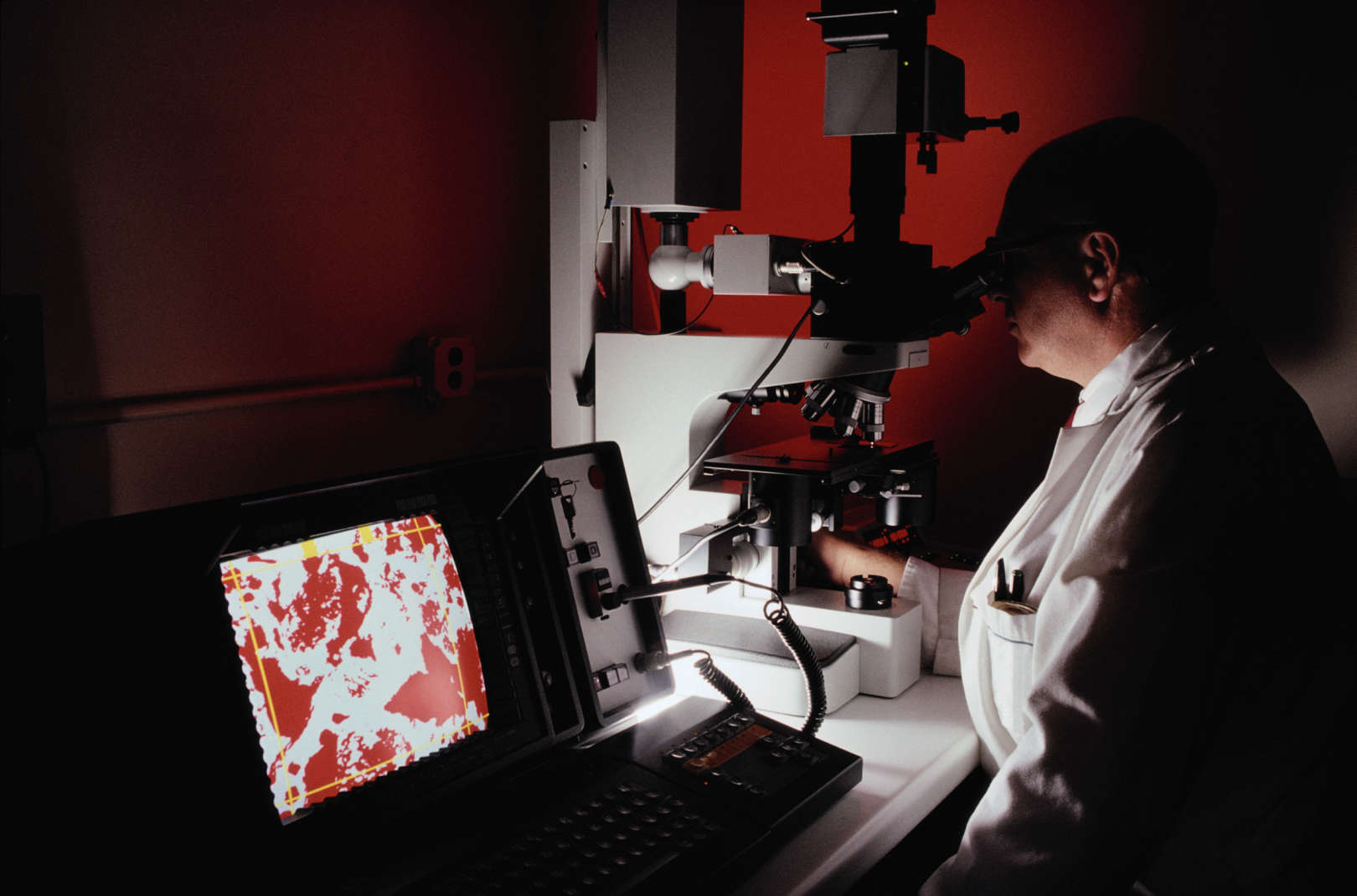Innovation in breast cancer diagnosis published by INESC TEC
Breast cancer is currently one of the main causes of death by oncological disease worldwide.
18th June 2017
Therefore, diagnosis and early treatment are fundamental to fight the disease’s progression and reduce its mortality rate.
With the purpose of contributing to the development of stronger and more effective tools of breast cancer diagnosis, the Centre for Biomedical Engineering Research (C-BER) of INESC TEC developed an innovative method that has been acknowledged and published in Plos One, a scientific magazine of reference in the areas of science and medicine.
The diagnosis normally starts by analysing some of the tissue collected in a biopsy, which is examined through a series of images stained with haematoxylin and eosin. The analysis of these images is not inconsequential and specialists often disagree on the final diagnosis. Therefore, the use of computational systems of diagnosis contributes to the cost reduction and the efficiency increase of the whole process.
In order to overcome the difficulties of the conventional classification approaches that depend on the extraction of characteristics designed for a specific problem based on medical knowledge, deep learning methods are becoming a viable alternative. The technique developed at INESC TEC proposes classifying images collected in breast biopsies and stained with haematoxylin and eosin by means of using the Convolutional Neural Networks – CNNs. In this case, the images are classified in four types: normal tissue, benign lesion, localised carcinoma or invasive carcinoma, and in two grades: carcinoma and no carcinoma. The proposed system showed an accuracy rate of 77.8% in the four different types and of 83.3% in the grades classification. For the cases with cancer, the sensitivity of the method is 95.6%.
This study was developed under the scope of the NanoSTIMA project - Macro-to-Nano Human Sensing: Towards Integrated Multimodal Health Monitoring and Analytics/NORTE-01-0145-FEDER-000016, funded by the Norte 2020 programme, in accordance with Portugal 2020, and through the European Fund for Regional Development.
Aurélio Campilho (Coordinator of C-BER), Teresa Araújo and Guilherme Aresta (researchers at C-BER), Eduardo Castro (researcher at CTM – Centre for Telecommunications and Multimedia, also of INESC TEC), José Rouco (previous researcher at C-BER), António Polónia, Catarina Eloy and Paulo Aguiar (researchers at i3S) were the authors of this study.
The researchers mentioned in this news piece are associated with INESC TEC and UP-FEUP.


